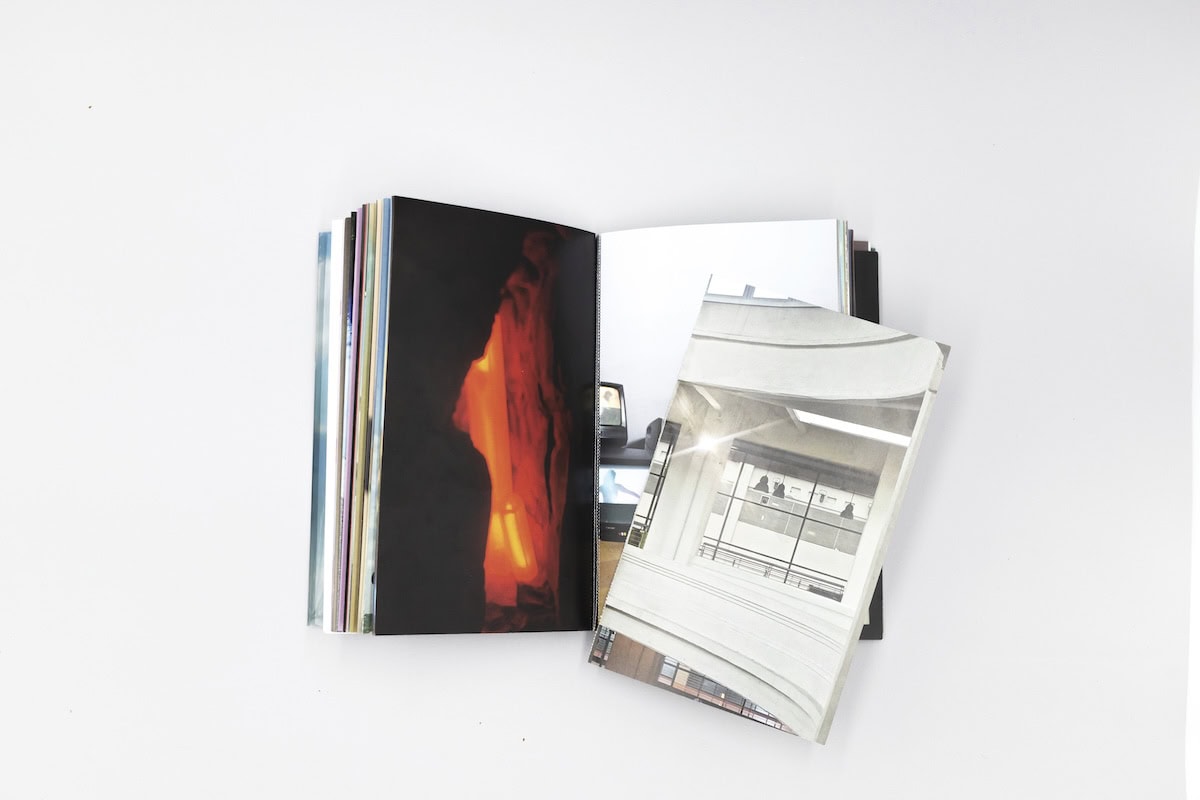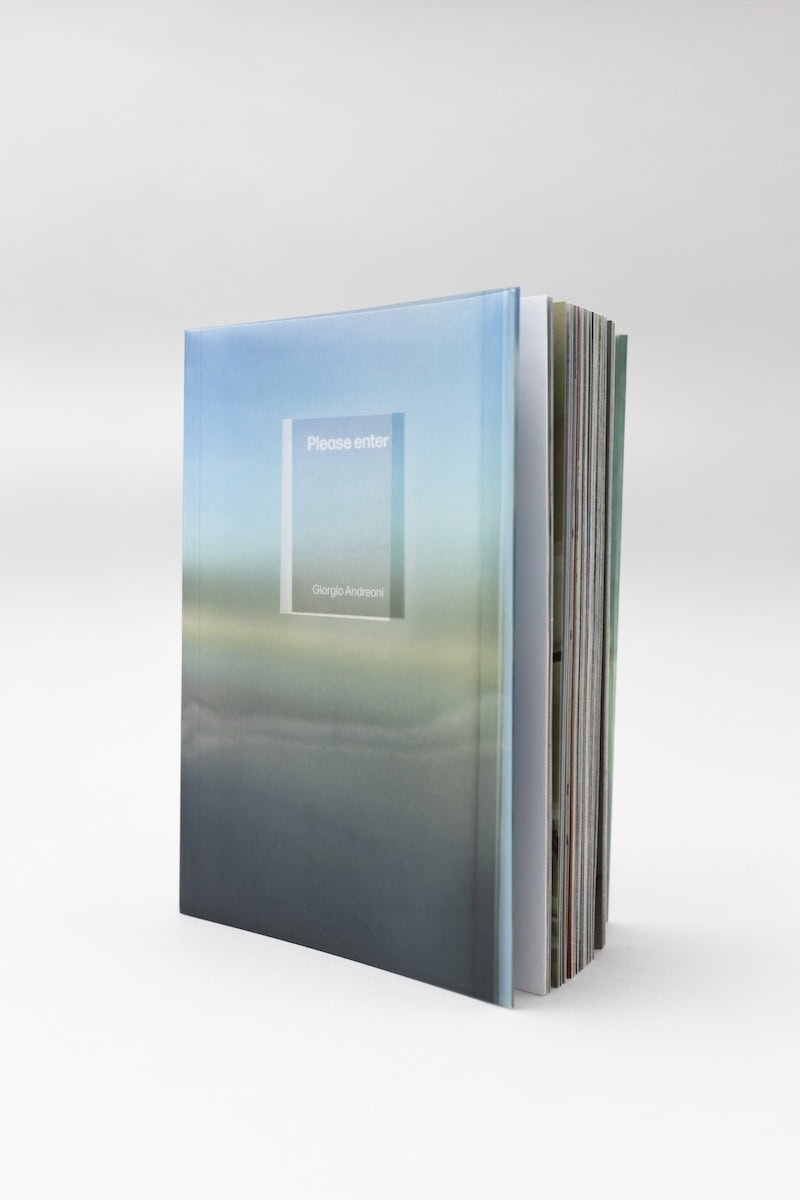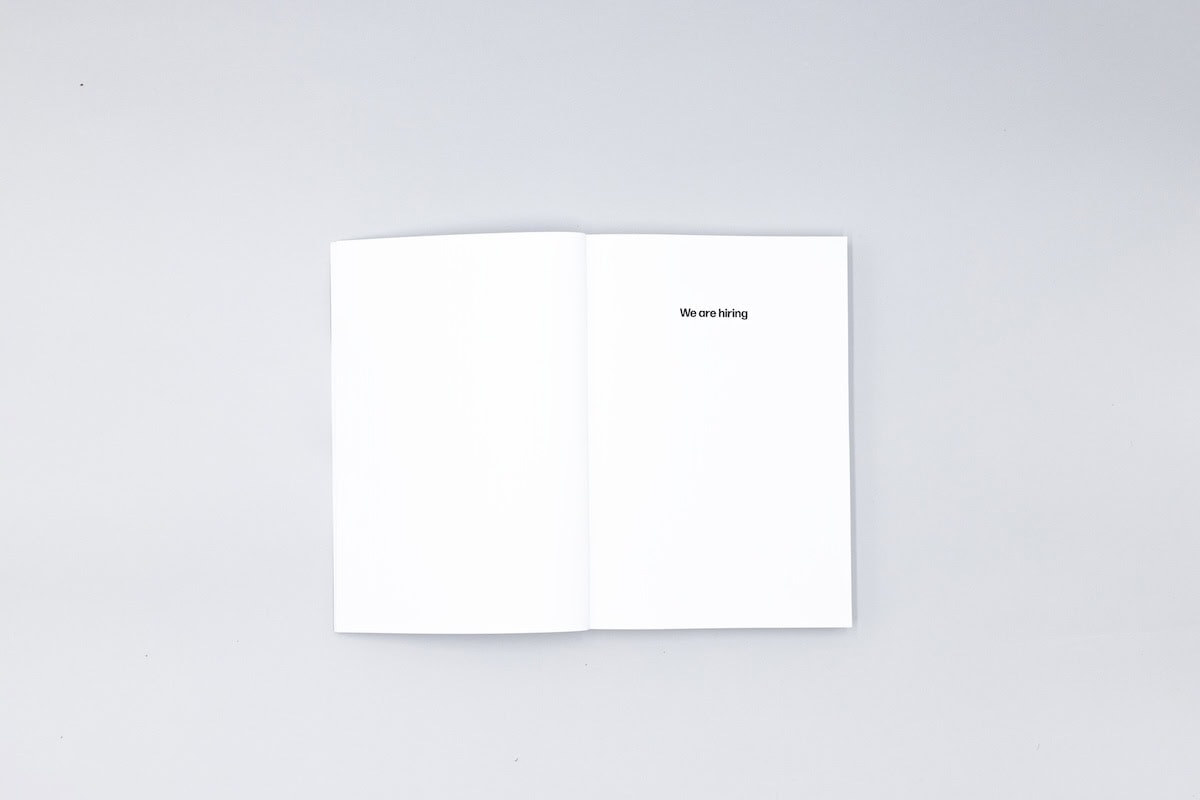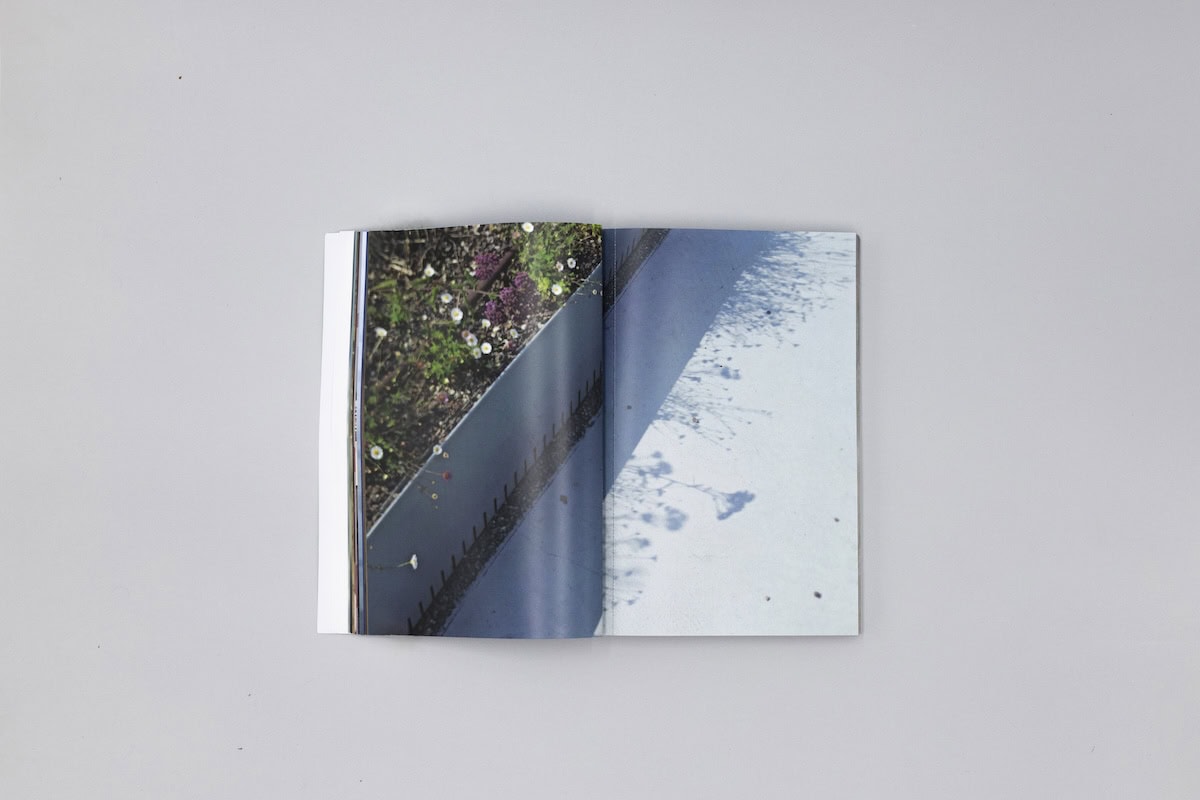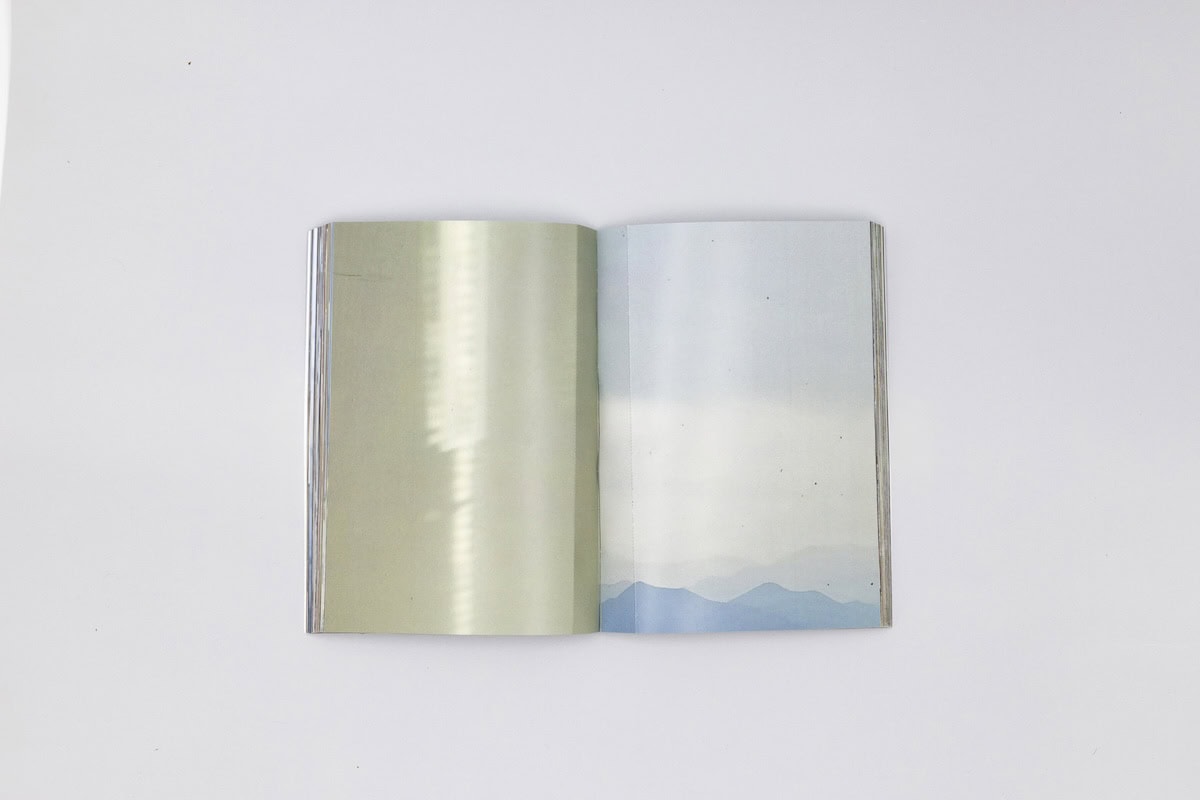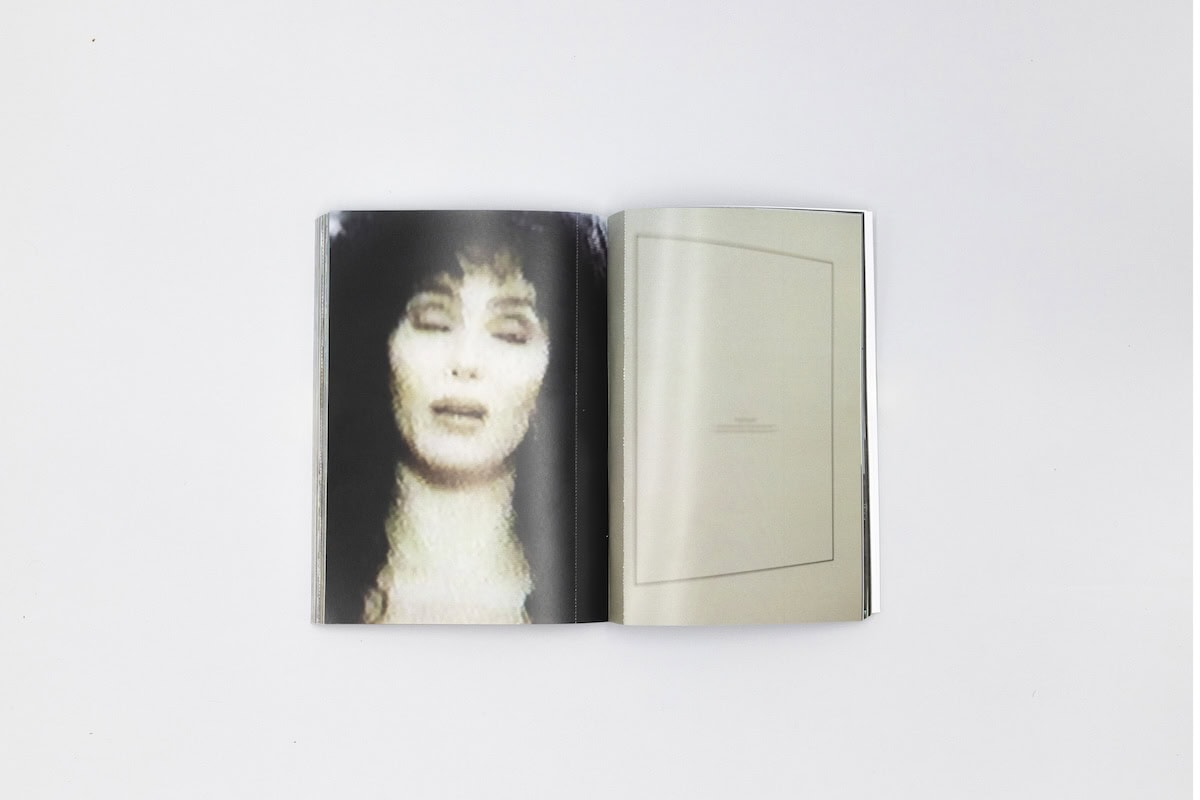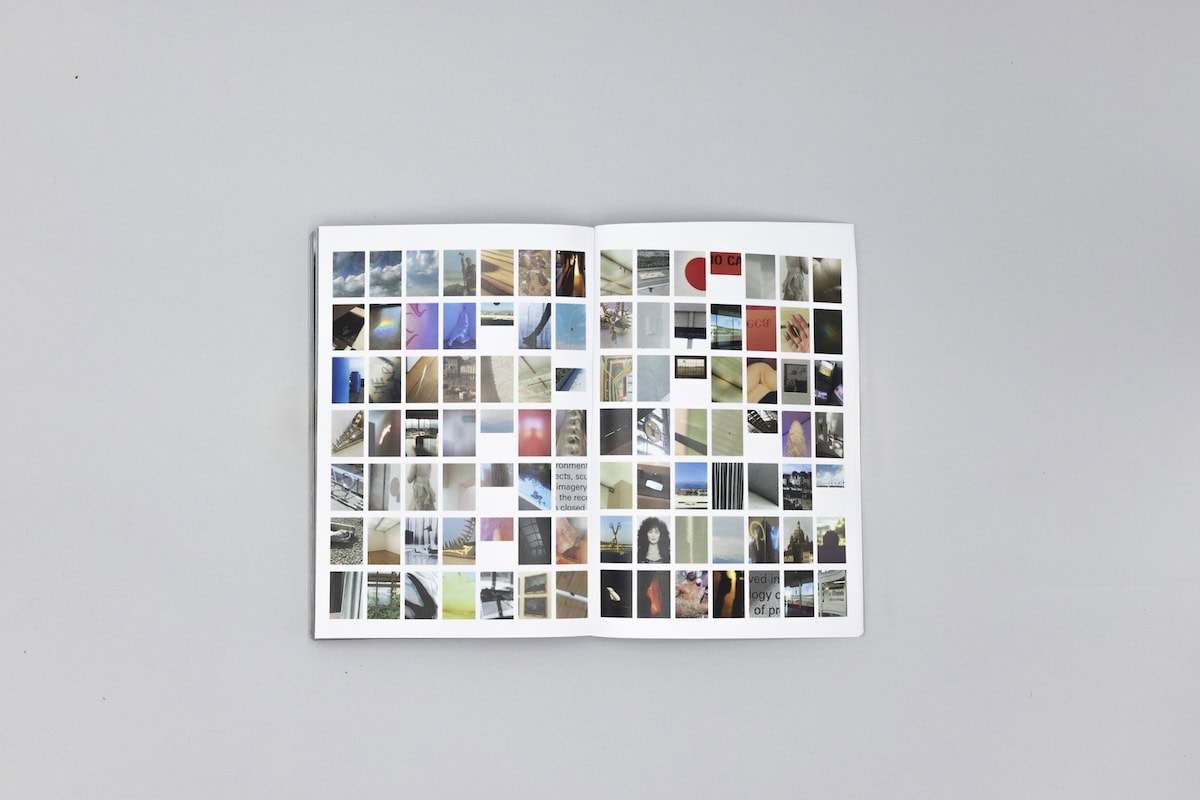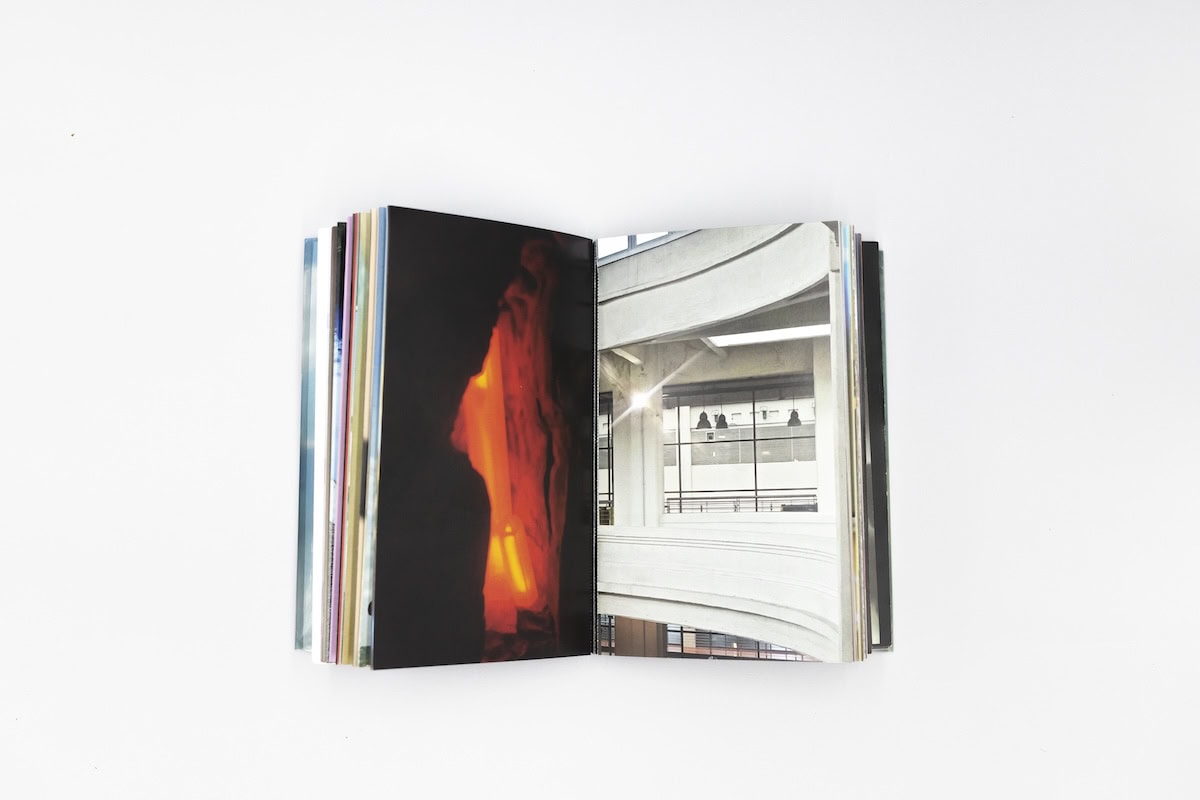In the rarified atmosphere of an unplanned summer holiday, I ventured to Lucca, where I met the artist and photographer Giorgio Andreoni. Despite our unfamiliarity, he promptly welcomed me into his industrious summer days away from Turin, where he’s based, offering a medley of ideas on the role of the artist as we walked along the walls of his hometown.
Andreoni believes that his art isn’t static but grows through various stages of refinement, reinterpretation, and even moments of playful self-critique. His viewpoint became clearer when he talked about a zine design workshop he leads alongside his friend Angelica Venturini under the name Usomano: “The zine is captivating not merely as a finished piece – as a final product – but as a tool to cultivate fresh ideas, assess one’s own trajectory, and so forth”, he elucidated. In our discussion, Giorgio Andreoni further unveiled his core conviction: he opposes the notion of producing art for quantity’s sake. Rather, he views art as engaging in a dialogue with its environment, emerging from and interacting with its context. For him, the act of creating art catalyzes fostering new connections and relationships. In his most recent practice, he engages in a process where he intentionally looks back at impactful situations from his past. During this reflective exercise, he carefully examines and analyzes these situations in detail, breaking them down into their various components. By doing so, he is reprocessing these experiences, and potentially altering his perspective and emotional response to them. Indeed, Andreoni asserts that some of his productive endeavors only gain meaning once the life chapter they pertain to has concluded.
I discovered his latest photographic work at his home, where, not coincidentally, the kitchen table around which we gathered once again embodies his ideal of art as a communal moment. He presented me with the book he had crafted. Please Enter is a partially photographic, partially interactive book that chronicles Andreoni’s solitary and pitiful experience as an underpaid museum guide for a collection of contemporary art. The book, presented in an A5-sized format, combines both photographic and interactive elements to chronicle his journey. The pages feature diptychs, carefully designed to be torn out and preserved by the reader. Each tear alters the configuration of the page, encouraging novel associations and suggesting new perspectives.
The images within the book primarily consist of photographs capturing the artworks displayed in the museum. However, they are not ordinary photographs but rather cutouts that isolate fragments of the exhibited pieces. Often, the photographs appear deliberately blurred, as they were taken with a faulty smartphone. This purposeful blurring and the act of cutting out fragments become powerful tools through which the work explores and questions the definitions and conditions of creative labour.
As a museum guide-turned-artist, Andreoni contemplates his role and wonders if he can become a part of the artwork itself. He reflects on the challenges faced by artists who, due to socio-economic conditions, find themselves compelled to accept underpaid and estranging positions. Through his work, he seeks to provoke thought and dialogue about the artist’s identity and the compromises they make.
The book invites readers to engage with these questions as well. They can ponder whether the museum, with its meticulously protected spaces (in this case, protected by Andreoni himself), genuinely represents a hospitable and inclusive environment. By prompting these inquiries, Please Enter encourages a critical examination of the boundaries and inclusivity of art institutions and the roles artists assume within them.
